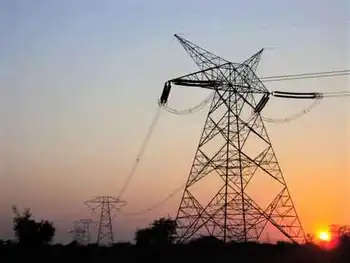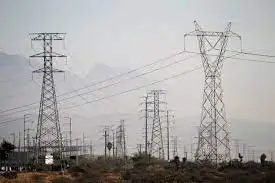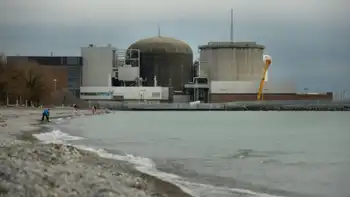Cutler power project application submitted
CUTLER, MAINE - The federal agency that reviews and decides whether to approve power projects has received a letter from a man who hopes to build a tidal power facility and natural gas terminal adjacent to local Navy-owned property, according to a federal official.
Tamara Allen-Young, the Federal Energy Regulatory Commission's spokeswoman for liquefied natural gas projects, indicated in a recent e- mail that the agency was notified of the possible project. Normand Laberge, a civilian employee at the Navy's communications facility, has asked FERC for a permit to conduct a study of the suitability of Little Machias Bay and the eastern side of Machias Bay for the power-generation proposal. FERC is the federal government's primary agency for reviewing and granting permits for energy related projects.
The project, if eventually approved, likely would include a tidal power facility in Little Machias Bay and an LNG terminal on the eastern shore of Machias Bay, according to Laberge. Because tidal- power generation levels can be inconsistent, natural gas imported at the LNG terminal would be used to supplement power generation at the site, he has said.
FERC staffers have yet to assign a docket number to Laberge's proposal, Young-Allen said. FERC assigns a docket number to each proposal it accepts and reviews so the agency and the public can keep track of filings and formal comments associated with each project.
Related News

Enbridge Insists Storage Hub Lives On After Capital Power Pullout
ALBERTA - Enbridge Inc., a Canadian energy giant, is digging its heels in on its proposed carbon capture and storage (CCS) project in Alberta. This comes despite the recent withdrawal of Capital Power, a major potential emitter that was expected to utilize the CCS technology. Enbridge maintains the project remains viable, but questions linger about its future viability without a cornerstone anchor.
The CCS project, envisioned as a major carbon capture hub in Alberta, aimed to capture emissions from industrial facilities and permanently store them underground. This technology has the potential to play a significant role in reducing greenhouse gas…




